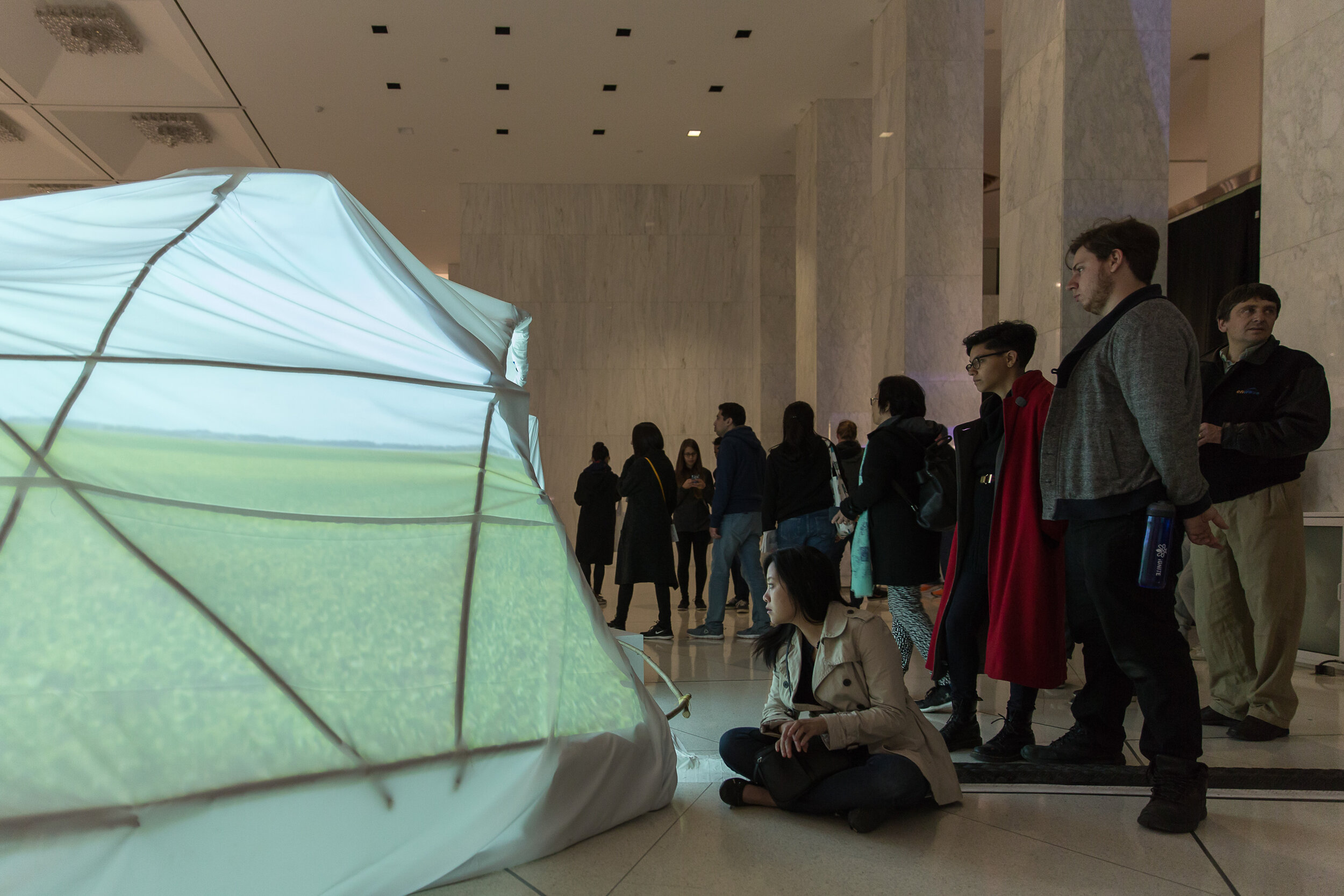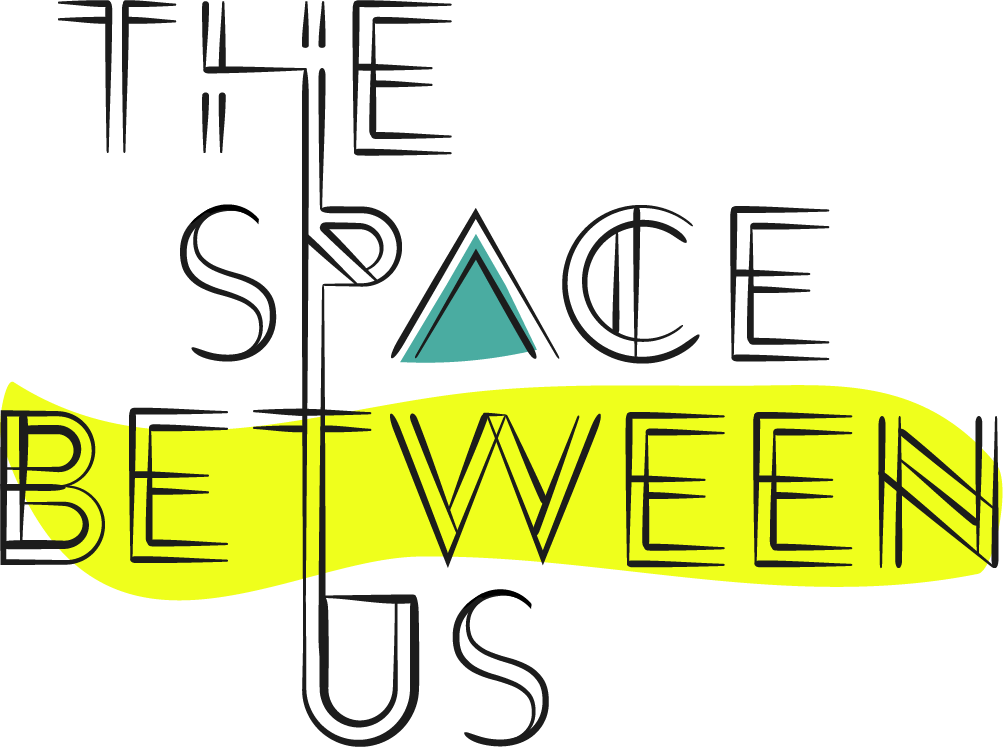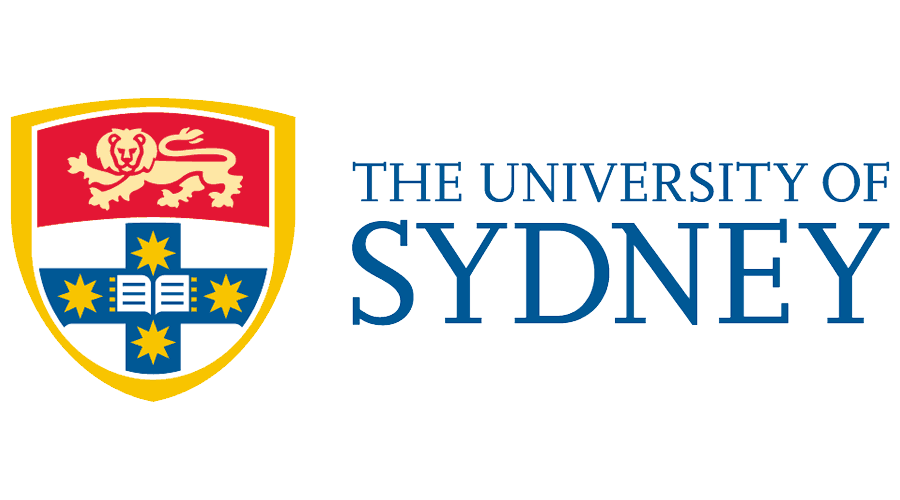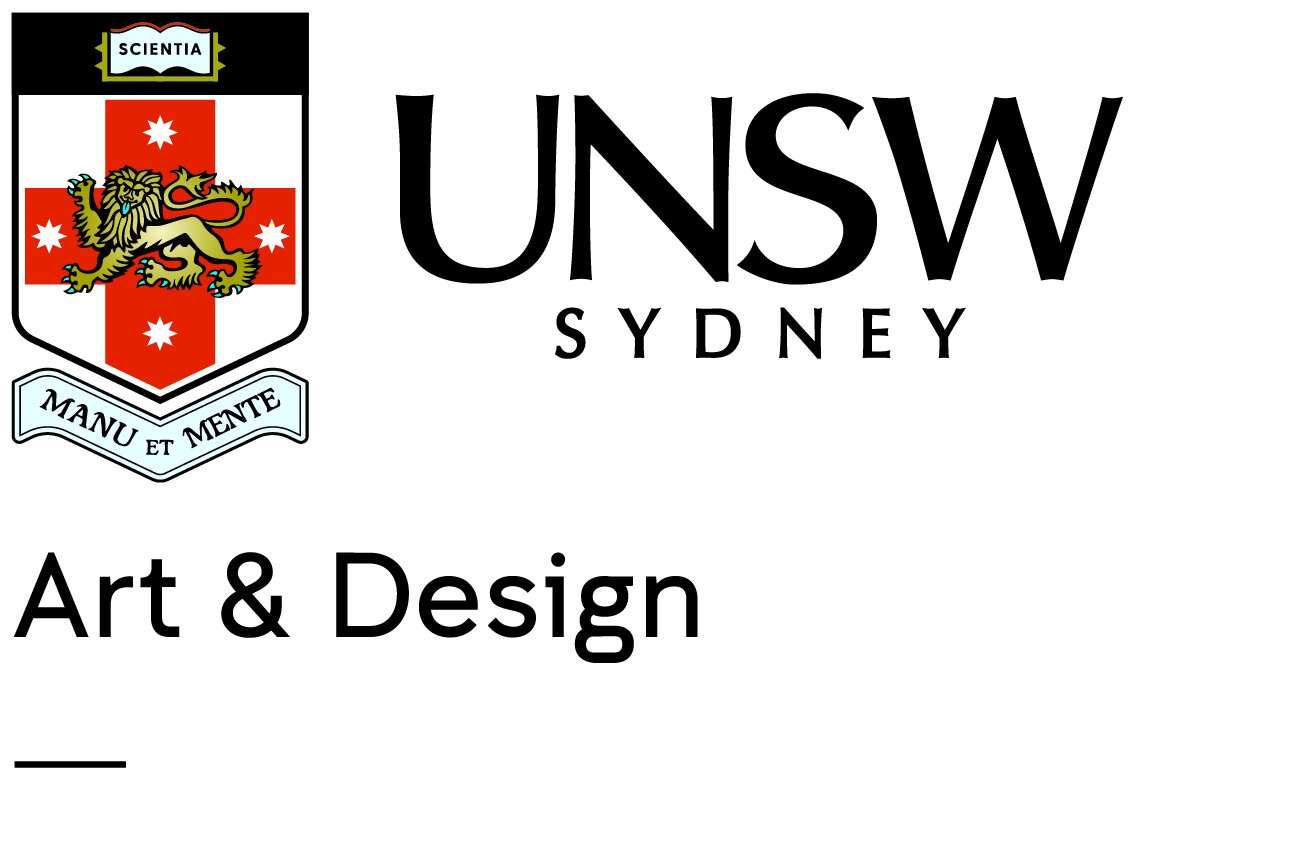
Partners
Host Institution
The University of Winnipeg is located within Treaty 1 territory in Winnipeg, Manitoba, on the ancestral and traditional lands of the Anishinaabe peoples and the Heartland of the Métis Nation, it is home to many diverse Indigenous Nations. UWinnipeg is thrilled to be the Host Institution for The Space Between Us partnership under the leadership of Project Director Dr. Julie Nagam. This partnership strongly aligns with one of our key research priorities: Indigenous Development. UWinnipeg is a leading institution in Indigenization in Canada with a high population of Indigenous students. The international Indigenous knowledge exchange resulting from this partnership will help train a new generation of scholars in Indigenous scholarship and research creation. UWinnipeg is committed to making significant contributions to this project and looks forward to expanding our interdisciplinary collaboration both internal and external to the University.
The University of Winnipeg is proud to have Dr. Nagam as an Associate Professor in the department of Art History at the University of Winnipeg and is a Canada Research Chair in Indigenous Arts, Collaboration and Digital Media. She is the Director of the Aabijijiwan New Media Lab and Co-Director of the Kishaadigeh Collaborative Research Centre. The Lab and Research Centre are the home of the project and will be host to several incubators, workshops, and gatherings. UWinnipeg looks forward to presenting several projects and events in collaboration with The Space Between Us, as well as supporting the partnership by employing research assistants, assisting with administration, and supporting Dr. Nagam and co-applicant Dr. Serena Keshavjee. We are thrilled to be leading in research in the area of Indigenous digital and new media, public space and training new generations of scholars nationally and internationally.
University of Lapland, the northernmost university of the European Union, is located on the Arctic Circle in Rovaniemi, Finland. It was founded in 1979 and currently has four faculties and two research institutes, the Arctic Centre and the Multidimensional Tourism Institute. University of Lapland is an international, multidisciplinary university whose areas of expertise include Arctic issues, art and design, tourism, law, education, and the social sciences. The University’s key strategic research area is Research on change in the Arctic and the North, approached from the perspectives of people, society, and the environment as well as their mutual interaction.
This partnership benefits the University of Lapland’s profile focusing on Arctic and Northern, Indigenous issues being the central focus of the profile. The partnership is an important opening for developing Indigenous cooperation worldwide in the fields of Indigenous digital media, technology and design.
“The partnership strengthens the international cooperation in the field of Indigenous research, particularly helping Sámi PhD-students to receive worldwide indigenous peer-support, to share and co-produce indigenous knowledge and to develop indigenous methods in cooperation with other indigenous researchers and artists.”
— University of Lapland
The Dowse Art Museum is a free public gallery in Lower Hutt, New Zealand with an emphasis on contemporary art and culture. We have a significant public art collection with over 3,500 items that is best known for New Zealand studio craft with one of the largest collections of this type in Aotearoa. Visitors expect to be challenged by our programmes as we aim to explore new ideas and initiatives with insight, imagination, and intelligence. As a cultural institution we are committed to the advancement of artistic and academic research and in particular, the development of Māori and Indigenous contemporary art practice.
The University of Sydney is proud to be partnering on this ambitious, wide-ranging Initiative to connect, catalyze and nurture First Nations art and creativity throughout the world. We at the Power Institute have taught, researched and engaged with Indigenous Australian Art for nearly a century, but this Grant initiative is part of a broader movement away from Indigenous art as 'object of study' and towards a new model of Indigenous-led, focused and directed creativity and research that will profoundly change views of art and new media both within and beyond First Nations' communities. This is a very exciting moment to be part of and the Power Institute is delighted to be playing its role not only by hosting the Terra Foundation Visiting Professorship in First Nations Art but also by promoting and expanding teaching , research and engagement with Indigenous art and culture worldwide, and beginning the complex process that will see our whole curriculum transformed by this deeper engagement.
imagineNATIVE is an Indigenous-led arts organization located in Toronto Canada committed to creating a greater understanding of Indigenous peoples and cultures through the presentation of contemporary Indigenous-made media art including film, video, audio, and digital media.
imagineNATIVE is ecstatic to be part of this exciting project bringing together a group of international Indigenous artists and thinkers to spend time exchanging creative practices and community-based methodologies. As the largest Indigenous film and media art gathering of its kind, we look forward to the ripple this type of collaboration can have on Indigenous narrative sovereignty.
imagineNATIVE is ecstatic to be part of this exciting project bringing together a group of international Indigenous artists and thinkers to spend time exchanging creative practices and community-based methodologies. As the largest Indigenous film and media art gathering of its kind, we look forward to the ripple this type of collaboration can have on Indigenous narrative sovereignty.
— imagineNATIVE
Pātaka is one of the leading institutions for contemporary Māori art and curatorial programming in Aotearoa New Zealand, with a specific mandate to promote and provide access to contemporary Indigenous art from the Pacific Rim. We are thrilled to share our knowledge, resources and expertise to the wellspring of Indigenous scholarship and empowerment emerging from The Space Between Us Connections Partnership Grant. The shared purpose to build connections and nurture emerging Indigenous scholarship and professionalization in the cultural sector sits at the heart of our institution. Indigenous curatorial scholarship and art making pedagogies are strengthened and expanded through international collaboration and exchanges with artists and scholars advancing innovative practices in new media and technology, and for this reason we are elated to be working with Project Director Dr. Julie Nagam and the Aabijijiwan: The New Media Lab at the University of Winnipeg.
“Indigenous curatorial scholarship and art making pedagogies are strengthened and expanded through international collaboration and exchanges with artists and scholars advancing innovative practices in new media and technology, and for this reason we are elated to be working with Project Director Dr.Julie Nagam and the Aabijijiwan: The New Media Lab at the University of Winnipeg.”
— Pātaka Art + Museum
We are honoured at Co-Creation Studio at MIT Open Documentary Lab to be invited into "The Space Between Us". At the studio and lab, we bring together storytellers, technologists and scholars to advance the art of emergent documentary forms, focussed on co-creative methodologies. "The Space Between Us" is an unparalleled opportunity for us at the lab, and the broader MIT community, one of the world’s leading tech and engineering schools, yet one that could immensely learn and transform through more sustained, systemic conversations and relationships with Indigenous art and tech colleagues and organizations. Additionally, through the relationships at “The Space Between Us”, we aim to support US-based Indigenous media artists to forge new, decolonized relationships — nation-to-nation — with each other, with the emergent international network, as well as non-Indigenous colleagues, specifically at MIT. This initiative seeks, in a co-creative framework, to support multi-directional knowledge sharing across disciplines, epistemologies and practices, centering first and foremost, Indigenous artists and their relations to their communities. It also seeks to impact the broader field of media arts, the tech community at MIT, and broader US and International publics through Indigenous ideas, stories and Indigenous-led artistic creation.
Western Arctic Moving Pictures (WAMP) is a non-profit arts organization based in the city of Yellowknife, NT. Canada. WAMP’s mission is to produce, support, showcase, and promote film, video, and digital media throughout the Northwest Territories.
WAMP is looking forward to being a partner organization in this initiative because as a digital media arts organization in the Northwest territories we serve 33 communities with five regions and 11 official languages. The NWT is a majority indigenous population. We have many isolated communities where culture is rich and trying to engage in new ways of expression.
WAMP hopes that this partnership will create unique opportunities for Indigenous artists from the NWT working in Digital Media to build networks and advance their careers as artists. These artists create work that sparks dialogue on important topics that are relevant today and for the future.
Urban Shaman Contemporary Aboriginal Art is an Aboriginal artist-run centre dedicated to meeting the needs of artists by providing a vehicle for artistic expression in all disciplines and at all levels by taking a leadership role in the cultivation of Indigenous art. Our vision it to present contemporary Indigenous Aboriginal art with integrity while remaining rooted in our diverse Aboriginal cultures.
Urban Shaman is a nationally recognized leader in Aboriginal arts programming and one of the foremost venues and voices for Aboriginal art in Canada. Our focus on developing new programming and new ways of presenting it have resulted in increased exposure and the expansion of our activities. Urban Shaman is dedicated to the Aboriginal arts community and arts community at large.
“The Space Between Us aligns with AUT’s commitment to partnering with Māori in research, community engagement and learning. With its focus on public spaces, this research project supports our goals to further develop Mātauranga Māori— indigenous knowledge—in the context of a contemporary university that is responsive to our place in the world.”
— Auckland University of Technology
Massey University’s Toi Rauwhārangi, College of Creative Arts, is based in Wellington, Aotearoa New Zealand. With an excellent reputation for innovative creative arts research and practice, Toi Rauwhārangi is New Zealand's oldest and most comprehensive creative arts school. It boasts more than 20 leading Indigenous researchers and the oldest and only Māori visual arts university programme, Toioho ki Āpiti, celebrating 25 years in 2020. We at Massey University are delighted to participate in “The Space Between Us” global indigenous-led research initiative. Since 2017 our researchers and alumni have been engaged in building a relationship with Dr Nagam. In 2019, deeply engaging conversations were had around Indigenous-focused research practice. This culminated in linking closely with this exciting initiative and expanding opportunities for all our Masters programmes, particularly for our Master of Fine Art, Master of Māori Visual Art, and PhD offerings. All participants are building more robust research connections and agency between Indigenous, Pacific, people of colour, and settler communities using digital media, or art/design disciplines. Professor Huhana Smith and Rachael Rakena will lead Toi Rauwhārangi in co-partnering with other institutions to generate workshops, lab incubators, symposiums, exchanges and opportunities for Indigenous-led collaborations.
“We are very excited to help enhance creative practices, new media, critical geography, Indigenous knowledge development, and art history, which are also grounded by respective localities’ Indigenous knowledge of place. In particular, we also integrate Indigenous, Māori and Pacific epistemologies into existing structures within Massey University’ own Te Tiriti o Waitangi-led strategic goals.”
— Massey University
Established on the tribal lands of Ngāti Whatua, Te Wānanga Aronui o Tāmaki Makau Rau Auckland University of Technology (AUT) has strong relationships with the traditional owners. Our marae, Ngā Wai o Horotiu, is central to indigenous engagement with place in an urban environment. Our meetinghouse Te Pūrengi is named for the ropes that hold the mast of a Pacific double-hulled ocean-going canoe, in place. This is our metaphor for collaborative, collective approaches to community-building. This is apt for this ambitious project, as we work together with unity (kōtahitanga).
The Space Between Us aligns with AUT’s commitment to partnering with Māori in research, community engagement and learning. With its focus on public spaces, this research project supports our goals to further develop Mātauranga Māori— indigenous knowledge—in the context of a contemporary university that is responsive to our place in the world. This significant project offers a valuable opportunity to connect and work with indigenous collaborators in universities internationally, growing the capacity and capabilities of our researchers and students.
ĀPŌPŌ is an accelerator programme focused on growing the capability and capacity of Māori and indigenous peoples participation, success and leadership in commercial design and innovation.
ĀPŌPŌ operates from IDIA’s studio. IDIA (The Centre of Indigenous Design & Innovation Aotearoa) - is a unique Māori-centric design and innovative consultancy offering strategic and creative (design / digital / innovation) facilitation and realisation of solutions through an indigenous lens. IDIA have also created an indigenous environment where Māori and indigenous people and businesses, who are passionate about design and innovation, can collectively learn, work, collaborate and thrive. IDIA enables designers, innovators and organisations of all types to work together and design in an indigenous space.
Nuit Blanche Toronto is a free contemporary art event that cultivates meaningful artistic and curatorial engagement for the broadest public. Since 2006, the event has featured more than 1500 art installations, created by 5500 artists, and has generated an audience of over 1 million plus annually. Produced by the City of Toronto, Nuit Blanche is the largest free public art exhibition in North America.
“We are thrilled to welcome Dr. Nagam, as the first Artistic Director of Nuit Blanche. Our rich partnership includes producing citywide exhibitions of contemporary visual art in October 2020 and 2021, working with Toronto’s Year of Public Art through 2021, and in legacy projects that embrace the vision of The Space Between Us beyond her two-year tenure with Nuit Blanche. We are excited to develop new international partnerships with the collaborating organizations and individuals. These relationships bring opportunity for shared experience around contemporary art practice, Indigenous histories, international collaborations, and the production and producing of large-scale public events.”
— Nuit Blanche Toronto
Concordia University is proud to partner on The Space between us, a project that centers on building connections and research between global Indigenous peoples in the public, enhanced by art-making, digital media and technology. Concordia is home to multiple Indigenous connection and research initiatives; in particular relevance to this project is the Indigenous Futures Cluster of The Milieux Institute for Arts, Culture, and Technology - Co-Directed by Prof. Jason Edward Lewis and Dr. Heather Igloliorte, both Co-Applicants on this project - and the newly established Indigenous Futures Research Centre (IFRC) they lead. The spirit of this partnership reflects the aims of the IFRC, to understand how Indigenous peoples are manifesting their futures through narratives, theories, frameworks, and technologies that help us articulate a continuum between our histories, our present, and generations forward. The IFRC features an array of research approaches, topics, and collaborations ranging across art- and technology-making, scholarly analysis, community collaboration, experimental pedagogy and theoretical development to illuminate how the challenges of the present can be addressed, in part, through concrete, constructive, and critical dreams of the future.
“Our goal is to create a vibrant space where questions of importance to Indigenous people can be engaged from multiple perspectives. Establishing an Indigenous focused research community across our institutions through this partnership led by Dr. Julie Nagam supports our goals to build new, daring research and research-creation relationships rooted in decolonial and Indigenous methodologies for collaboration, art creation, and knowledge sharing.”
— Concordia University
Founded in 1933, Banff Centre for Arts and Creativity is a learning organization built upon an extraordinary legacy of excellence in artistic and creative development. What started as a single course in drama has grown to become the global organization leading in arts, culture, and creativity across dozens of disciplines. From our home in the stunning Canadian Rocky Mountains, Banff Centre for Arts and Creativity aims to inspire everyone who attends our campus – artists, leaders, and thinkers – to unleash their creative potential.
“UNSW is honored to play an active role in ‘The Space Between Us’ project that privileges Indigenous voices and practices through a global network of Indigenous peoples.”
— University of New South Wales
UNSW Sydney is one of Australia's leading research and teaching universities, renowned for the quality of its graduates and its commitment to new and creative approaches to education and research. UNSW is honored to play an active role in ‘The Space Between Us’ project that privileges Indigenous voices and practices through a global network of Indigenous peoples. We will contribute to embedding Aboriginal research methodologies through participating in the research, training, education, and dissemination of knowledge through practice that is produced through this exciting project. UNSW Galleries will facilitate the development and presentation of exhibition outcomes for ‘The Space Between Us’. As a platform for the presentation and interpretation of contemporary visual and material culture, UNSW Galleries supports the creation of new cultural phenomena that reflect the complex and multifaceted knowledge systems of First Nations communities globally.
Nuuk Art Museum is a small public municipality based art museum. It is the larger of only two Greenlandic Art Museums. It is located in the center of Nuuk the Capital of Greenland. The museums contains a collection of over 1200 items and a 150m2 exhibition space for changing exhibitions. The permanent collection is based on a former private collection opened for the public in 2005 and was donated to the city of Nuuk in 2007. The collection including works by Greenlandic Artists but the majority is art by European artists depicting Greenland such as Christine Deichmann (1869-1945), J.E.C. Rasmussen (1841-1893), Harald Moltke (1871-1960) and Emanuel A. Pedersen (1894-1948). The museum also exhibits a collection of more recent art from Greenlandic artists such as Simon Kristoffersen (1933-1990), Bolatta Silis-Høegh (b. 1981), Buuti Pedersen (b. 1955), Hans Lynge (1906-1988), Inuk Silis Høeg (b.1972), Anne-Birthe Hove (1951-2012) and Pia Arke (1958-2007). Additionally the museum exhibits a great collection of carvings in soapstone, bone, wood, and ivory from all around Greenland
Nocturne is a free contemporary art event in K'jipuktuk (Halifax) that uses art as a meaningful catalyst for connection centering curatorial leadership and cross disciplinary collaborations. Since 2008, the event has featured more than 1200 art installations and the work of over 2000 artists at all stages of their careers. Bringing over 30,000 people out into public spaces around K'jipuktuk (Halifax) each year, organizers work to create an accessible festival with zero barriers. Nocturne is the largest public art event in Atlantic Canada.
“We look forward to connecting beyond borders, across the Northern regions, and across disciplines. We share the goals for a desire-based framework for the future, acknowledging past histories, centering in decolonization and Indigenous knowledge, and creating compelling connections that help us envision and collectively build the best tomorrow.”
— Anchorage Museum
Established in 1968, the Anchorage Museum’s mission is to connect people, expand perspectives, and encourage global dialogue about the North and its distinct environment. The Museum is recognized as a leading center for scholarship, engagement and investigation of Alaska and the North. It welcomes over 200,000 visitors annually.
The Museum collects, preserves, exhibits and interprets the art, architecture, design, history, culture and science of the North, focusing on narratives of the past, contemporary and future. The Museum maintains an active and diverse changing exhibition program and is a major cultural center of the Circumpolar North.
The Museum stimulates the contributions of a creative population of artists, historians, anthropologists, scientists and other allied professionals and demonstrates leadership and scholarship in its endeavors to serve the widest possible audiences, working with groups, individuals and organizations around the world that share a common interest in creative, cultural, educational and scientific activities.
Sámi University of Applied Sciences (SUAS) opened publicly on November 1, 1989. This was done as the Sámi’s long desire, to offer Sámi teacher education - and after that also other higher-level studies - in Sámi language and in a Sámi-language environment. A separate Sámi University College also gave the opportunity to develop the offers that better responded to the needs of the Sámi community. It is now 30 years ago since the start and in the autumn of 2017, SUAS had 270 students.
Sámi teaching and Sámi research has been the basis and condition for the activities of Sámi University of Applied Sciences. That is why we often say that SUAS is a Sámi institution. Since 1989, the offerings and tasks of Sámi University of Applied Sciences have expanded considerably. Thus, SUAS has joined forces to strengthen Sámi society. Sámi research has changed greatly in the same period and has expanded, and on that progress, SUAS has been in the center together with other institutions.
The vision is to become a Sámi University and Indigenous University, where Sámi is heard and written daily, and where the values and thinking of Sámi and other indigenous peoples are in focus. In the 2017-2021 strategic plan, Sámi University of Applied Sciences will contribute to strengthen and develop Sámi societies, industries, languages and culture. The work shall be based on the conditions and qualities of Sámi society and culture.
The Office for Contemporary Art Norway (OCA) is a non-profit foundation created by the Norwegian Ministries of Culture and of Foreign Affairs in 2001. Its principle aim is to foster dialogue between art practitioners in Norway, including Sápmi, and the international arts scene, and support artists based in Norway in their activities around the world. As a result, the Office for Contemporary Art Norway (OCA)’s discursive, exhibition, publication, residency and visitor programmes focus on bringing to Norway the plurality of practices and histories at the forefront of international artistic debates, as much as they are concerned with actively participating in such debates nationally and internationally. OCA has been responsible for Norway's contribution to the visual arts section of La Biennale di Venezia since 2001.
“We hope that together with ‘The Space Between Us’ we can co-create interdisciplinary art projects and creative practices that pull us closer together.”
-Nuuk Nordic Culture Festival
Nuuk Nordic Culture Festival is a biennial multi arts festival built on co-creation, participational culture and civic relevance. The next festival takes place 1st to 7th of November 2021 in all of Nuuk, Greenland and the theme is JOURNEY. We try to build a program that reflects this theme well, and we do this through several co-creation projects, workshops with children and youth and through our efforts to break down the barrier between artist and audience. Nuuk Nordic Culture Festival transforms the capital of Greenland and uses the entire city as a venue. It will be a week of celebrating Greenlandic and Nordic culture and art. It is one of the biggest cultural events in Greenland, and we are thrilled about working with this initiative, as it will help us broaden our horizon more toward other indeginous people. We hope that together with “The Space Between Us” we can co-create interdisciplinary art projects and creative practices that pull us closer together.
Nuuk Nordic Culture Festival was started in 2015 by Kommuneqarfik Sermersooq (the largest municipality in Greenland) and NAPA (The Nordic Institute in Greenland). In 2019 the festival had more than 200 artists from over 10 different countries, over 300 different events and over 80 volunteers, and we work closely together with all the culture institutions in Nuuk.











![32365[1].png](https://images.squarespace-cdn.com/content/v1/5e9b207ed480db0db01afec6/1593715040014-K6JC7O8CK6Q5L468CKP8/32365%5B1%5D.png)











